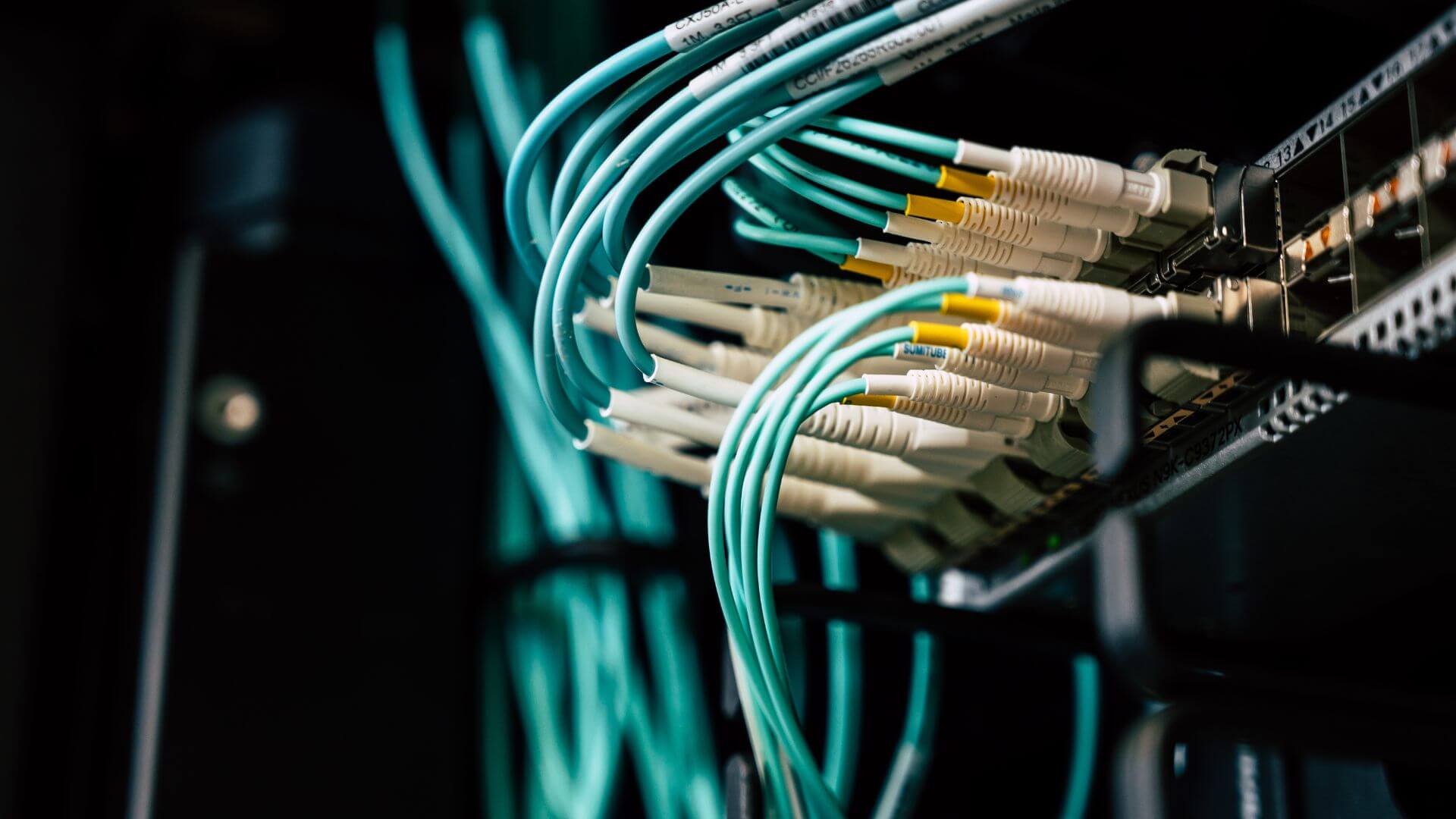Power Over Ethernet (PoE): Simplifying Your Network Power Needs
Contents
Have you ever wondered how your devices both receive power and connect to the internet simultaneously? That’s where Power over Ethernet (PoE) steps in, making things simpler and more efficient!
What Is Power over Ethernet (PoE)?
PoE is a technology that allows electrical power to be transmitted over Ethernet cables, the same cables used for network connectivity. Instead of requiring separate power cables for devices like IP cameras, wireless access points, or VoIP phones, PoE enables them to draw power directly from the Ethernet cable.
Working Principle
Typically, Ethernet cables have four pairs of wires. In a standard Ethernet connection, these cables transmit data. With PoE, certain pairs are also used to carry electrical power. This integrated approach means devices don’t need separate power sources, reducing clutter and simplifying installations.
Types
PoE comes in different standards or types, including:
- 802.3af (PoE): Provides up to 15.4 watts of power per port, suitable for various devices like IP cameras, VoIP phones, and wireless access points.
- 802.3at (PoE+): Offers higher power delivery, up to 30 watts per port, catering to more power-demanding devices like high-performance IP cameras and certain types of access points.
- 802.3bt (PoE++): The latest standard, capable of delivering up to 60-100 watts per port, suitable for even more power-hungry devices and emerging technologies.
Benefits of PoE

- Simplified Installations: Fewer cables mean less clutter, easier installation, and greater flexibility in device placement.
- Cost-Efficiency: Eliminating the need for separate power supplies reduces equipment costs and installation expenses.
- Remote Powering: PoE allows for centralized power management, enabling remote devices to be powered down or restarted from a central control point.
- Enhanced Safety: PoE systems include safety features, like automatic detection of connected devices to prevent damage from incorrect power levels.
Applications of PoE
- Security Cameras: IP cameras powered by PoE can be installed in remote locations without proximity to power outlets.
- Wireless Access Points: PoE simplifies the installation of Wi-Fi access points in ceilings or high areas.
- VoIP Phones: PoE-enabled phones in office settings reduce wiring complexity and provide flexibility in phone placement.
Ethernet Cable Types
Ethernet cables come in various types, each designed for specific needs and speeds. Here are the primary types:
| Cable Type | Speed | Frequency | Maximum Bandwidth | Best Use Cases |
|---|---|---|---|---|
| Cat 5e | Up to 1 Gbps | 100 MHz | 100 MHz | Basic home networks, small businesses |
| Cat 6 | Up to 10 Gbps | 250 MHz | 250 MHz | Larger networks, moderate data demands |
| Cat 6a | Up to 10 Gbps | 500 MHz | 500 MHz | High-performance networks |
| Cat 7 | Up to 10 Gbps | 600 MHz | 600 MHz | High-speed, heavy-data networks |
| Cat 8 | 25/40 Gbps | Up to 2 GHz | 2 GHz | Data centers, high-demand environments |
Related article: Cat6 vs Cat6A | Which one should you invest in?
LKHPD is a trusted and established supplier based in Singapore, known for its commitment to providing high-quality networking solutions. Specializing in a wide range of products, including Ethernet cables, patch cords, and networking equipment, LKHPD stands out for its reliability, ensuring customers have access to top-notch products to meet their connectivity needs. With a reputation built on quality and service, they offer a diverse inventory, catering to various industries and ensuring seamless networking solutions.
